Awarded NSF Funding
Quantifying post-fire sediment transport and nutrient redistribution using rare earth element tracers (~400K) (PI – Sujith Ravi)
2015 – 2019
Arid and semiarid landscapes are dynamic and can undergo rapid changes in vegetation, soil composition, and topography. Some climate models indicate an increase in aridity and changes in the timing of seasonal precipitation in many semi-arid regions, including the North American deserts. This potential climate change, together with human activities, may increase the frequency and intensity of wind erosion and fire. This project will provide a quantitative assessment that examines both fire and wind erosion effects on vegetation change, soil characteristics, air quality, and landscape evolution. This study will help in the sustainable management of desert grasslands under changing climate and wildfire scenarios.
A technical description of the project
Grasslands and rangelands in arid and semi arid regions of the world, which provide fundamental ecosystem services, are undergoing rapid changes in fire activity and are highly susceptible to post-fire accelerated soil erosion and redistribution by wind. Currently, many grassland systems are being encroached by woody plants leading to decline in grass productivity with the potential to jeopardize food security and environmental quality. Even though many ecosystems worldwide exist in transition between shrublands and grasslands and are affected by episodic fires, a comprehensive understanding of the rates and patterns of post-fire wind erosion and subsequent sediment redistribution is still missing. The proposed project will quantify post-fire wind erosion and subsequent nutrient redistribution from a shrub-grass system in the Chihuahuan desert (New Mexico) using a combination of extensive manipulative field experiments, laboratory analyses and modeling. We will test the hypothesis that vegetated microsites, which capture aeolian sediments in arid landscapes, may become active sediment sources following fires. This post-fire modification of sediment sources and sinks in the landscape may impact rates of resource redistribution and soil patterning, and therefore, lead to a more homogeneous landscape and reverse grassland degradation. This project will investigate the applicability of rare earth element tracers and Unmanned Aerial Systems-based LiDAR in order to monitor landscape responses to natural and human-induced disturbances and to guide future management practices.

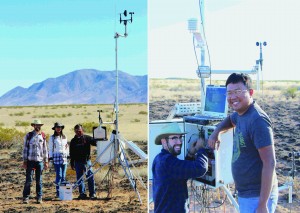


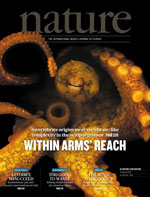
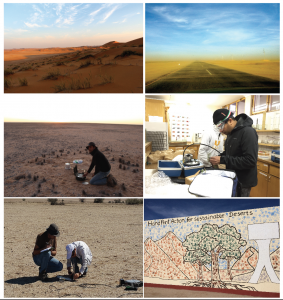
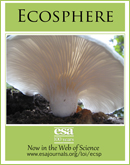
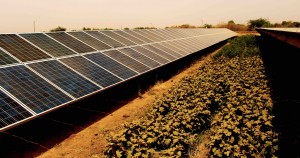
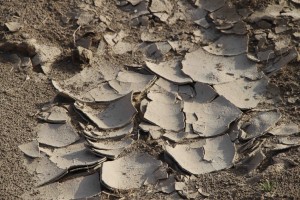
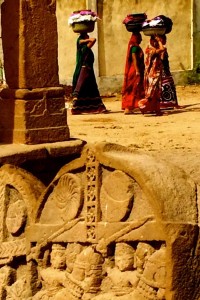
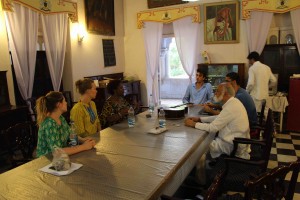
You must be logged in to post a comment.